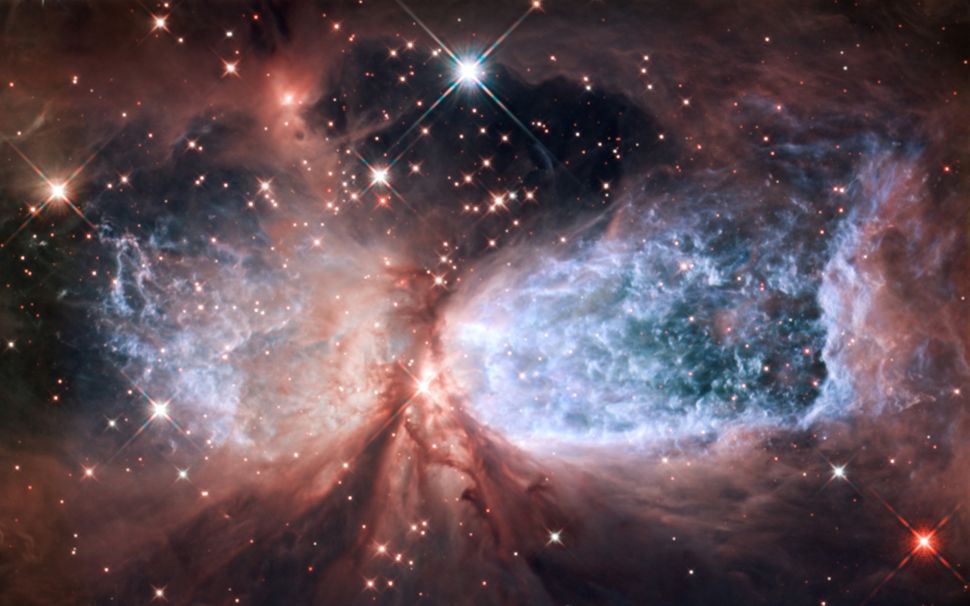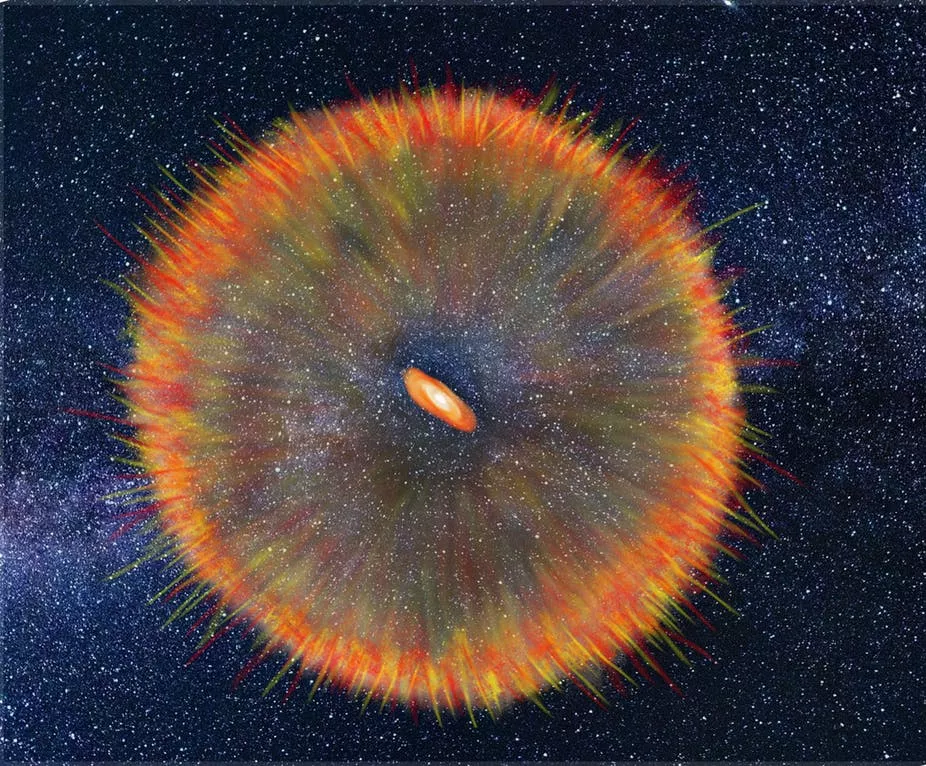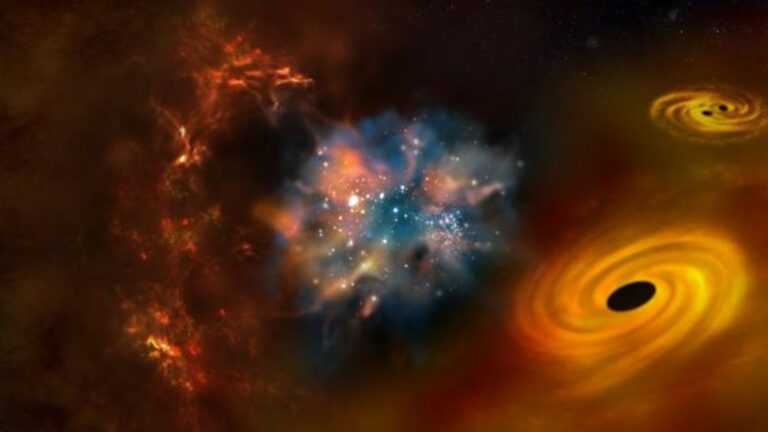According to a recent study, the early universe contained an abundance of stars that were 10,000 times larger than our sun and densely packed together.
When the universe’s first stars emerged from the cosmic dark ages, they ballooned to 10,000 times the mass of Earth’s sun, new research suggests.
A recent study suggests that the initial stars in the universe may have been massive, with a mass of over 10,000 times that of the sun, around 1,000 times larger than the present-day largest stars. The study further reveals that the early universe was home to these enormous stars that had a relatively short lifespan. However, after their extinction, the environmental conditions were no longer conducive to the formation of such gigantic stars.
The cosmic Dark Ages
Over 13 billion years ago, following the Big Bang, the universe lacked stars, and was only filled with neutral gas, primarily composed of hydrogen and helium. Over time, the gas began to accumulate into denser matter, leading to the cosmic Dark Ages that lasted millions of years.
In contrast to the modern universe, dense matter in the early universe could not rapidly collapse to form stars. The reason is that the early universe lacked the heavy elements that are efficient at radiating energy, a process that allows for rapid contraction of dense clumps to trigger nuclear fusion. These heavy elements could only be formed through the nuclear fusion process, which required the formation, fusion, and death of multiple generations of stars to enrich the universe to its current state.
As a result, the first generation of stars had to form under much different, and more challenging conditions since they lacked the ability to quickly release heat.

Cold fronts
In an effort to comprehend the enigma of the first stars, a group of astrophysicists employed sophisticated computer simulations of the cosmic Dark Ages to unravel what was happening at that time. Their findings were published in January in a paper submitted for peer review to the Monthly Notices of the Royal Astronomical Society and published on the preprint database arXiv.
The team’s research incorporates all of the typical cosmological components, including the evolution and clumping of neutral gas, dark matter to facilitate the growth of galaxies, and radiation that cools and sometimes reheats the gas. However, their work introduces something that others have neglected: cold fronts – rapid streams of chilled matter – that collide with already formed structures.
The scientists discovered that the formation of the first stars was preceded by a complex web of interactions. Neutral gas began to aggregate and clump together, and hydrogen and helium released a small amount of heat, allowing the clumps to gradually attain higher densities.
However, high-density clumps became extremely warm, generating radiation that broke down the neutral gas and prevented it from fragmenting into numerous smaller clumps. This implies that stars formed from these clumps may become extremely large.

Supermassive stars
The initial interactions between radiation and neutral gas resulted in enormous pools of neutral gas that marked the origins of the first galaxies. Within these proto-galaxies, the gas rapidly formed accretion disks that rotated quickly, similar to the ones that are formed around black holes in the present universe. Meanwhile, at the edges of the proto-galaxies, cold gas fronts poured down and the coldest and most substantial fronts penetrated all the way to the accretion disk. These fronts collided with the disks, boosting both their density and mass to a critical threshold, which enabled the emergence of the first stars.
However, these first stars were not typical fusion reactors. They were colossal clumps of neutral gas that immediately ignited their fusion cores, bypassing the fragmentation stage. The resulting stellar mass was immense. These stars would have shone extremely brightly and had very short lifetimes, less than one million years. (In contrast, modern stars can live billions of years.) After their short lives, they would have died in explosive supernova bursts.
These explosions would have carried the products of internal fusion reactions, such as elements heavier than hydrogen and helium, which then paved the way for the next wave of star formation. However, because these stars had already been contaminated by heavier elements, the process could not repeat itself, and these monstrous stars never reappeared on the cosmic stage.
Originally published on LiveScience.com.
Do not forget to share your opinion with us to provide you with the best posts !




0 Comments